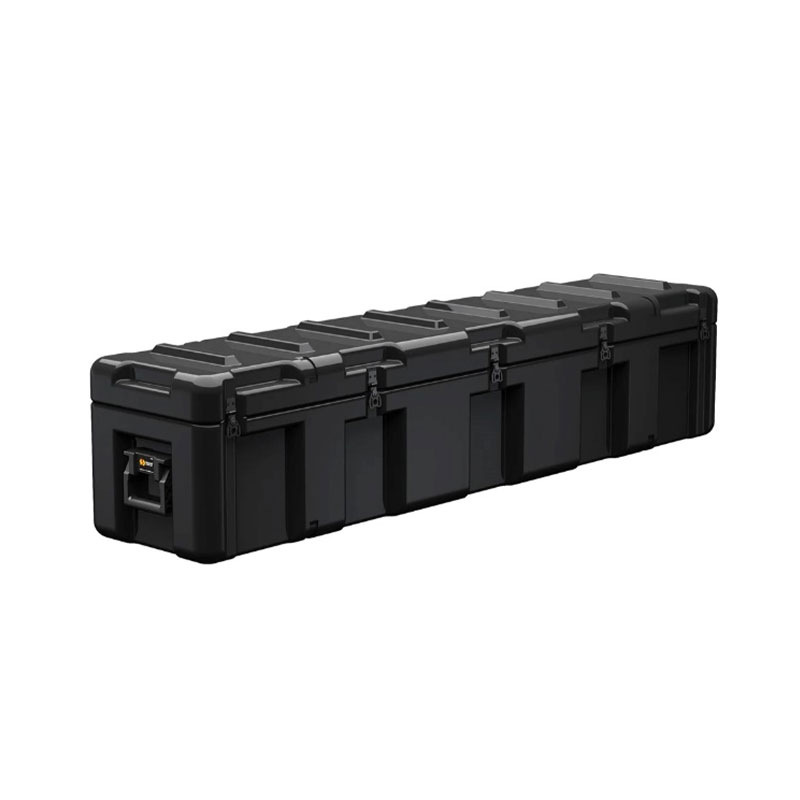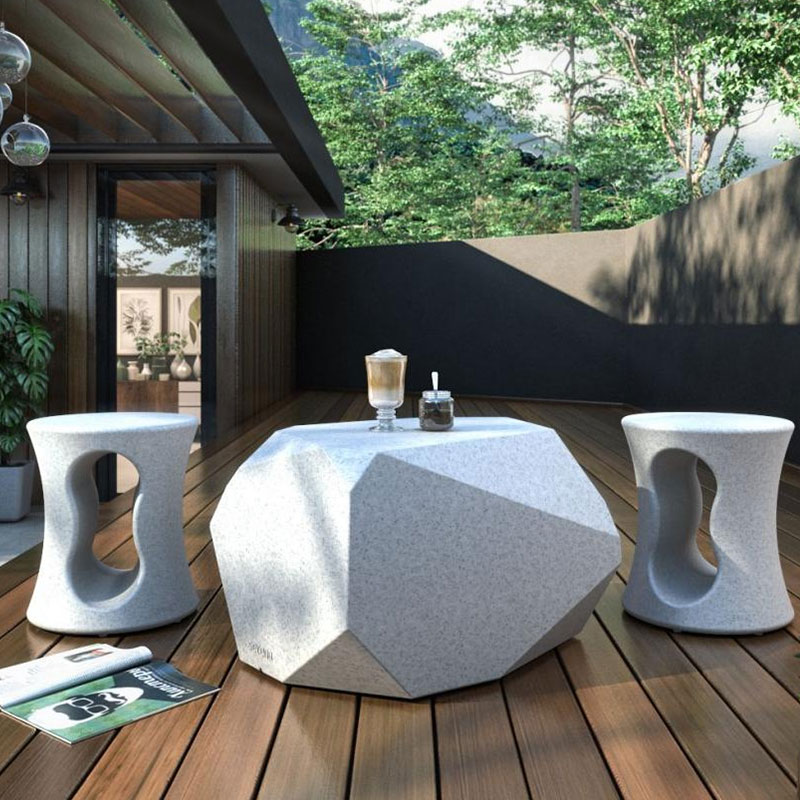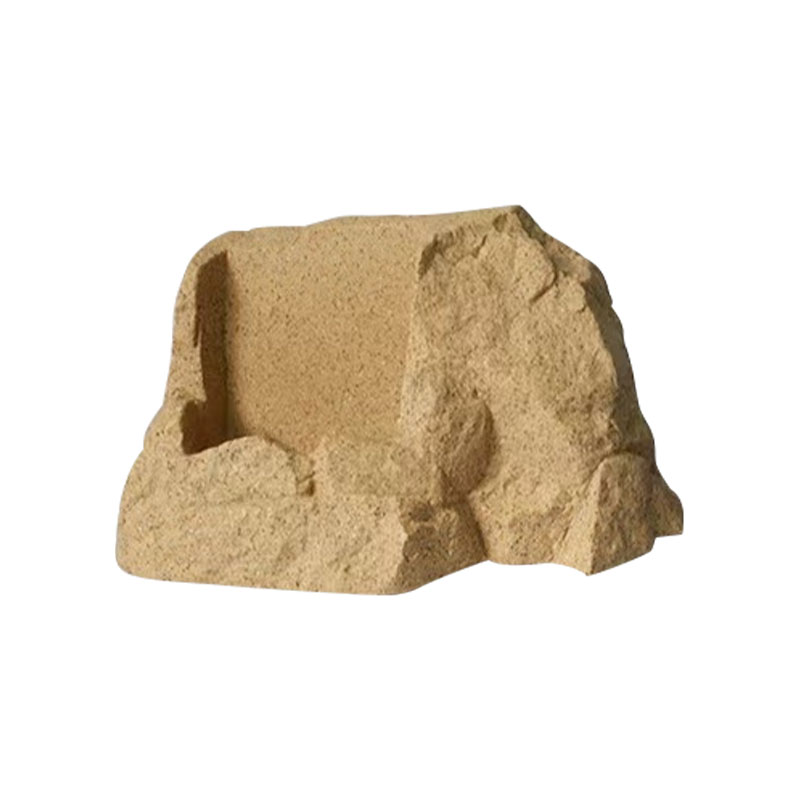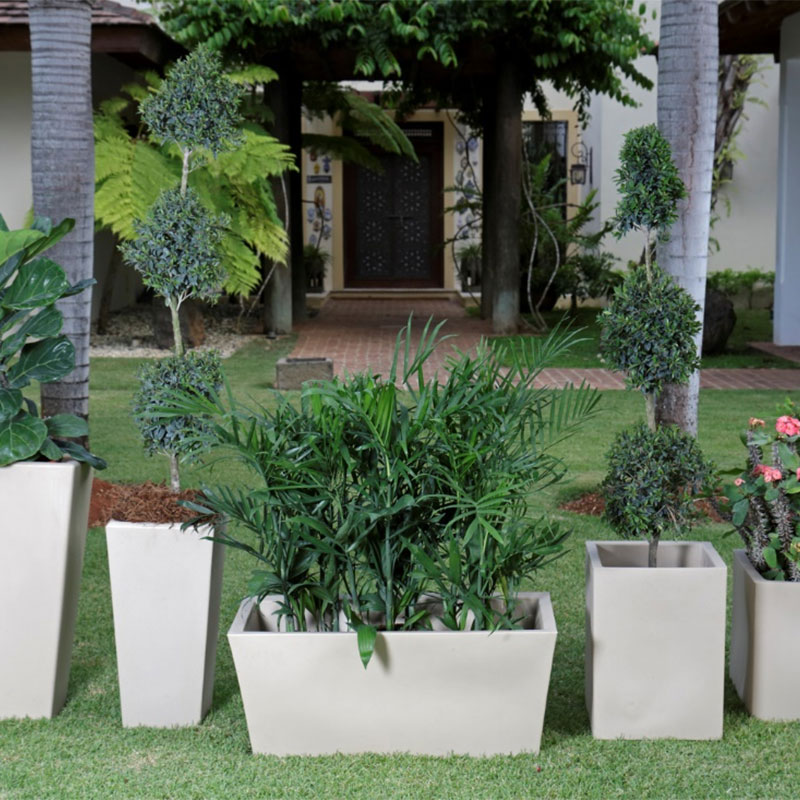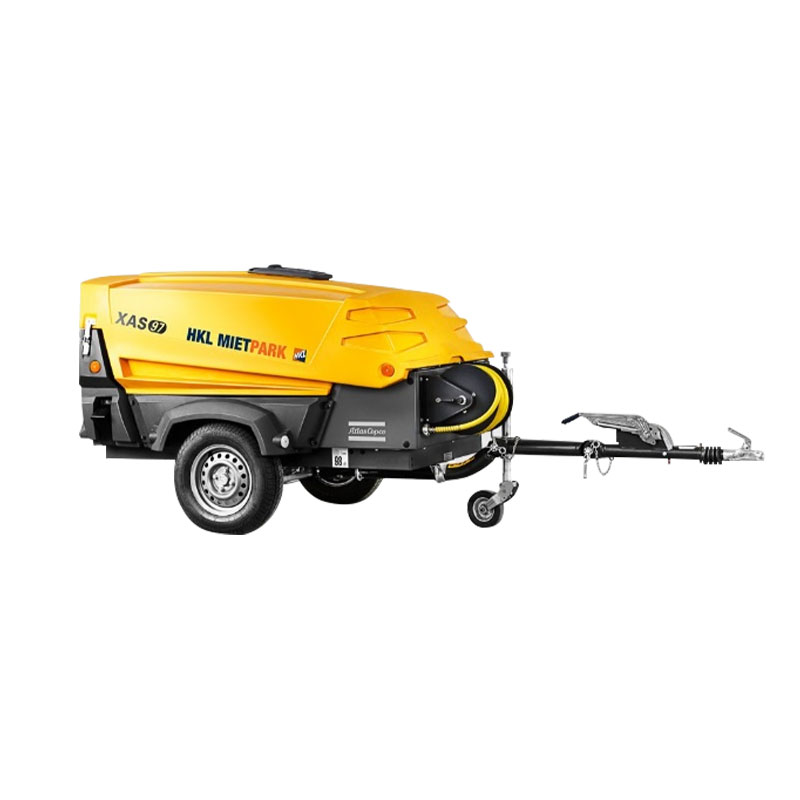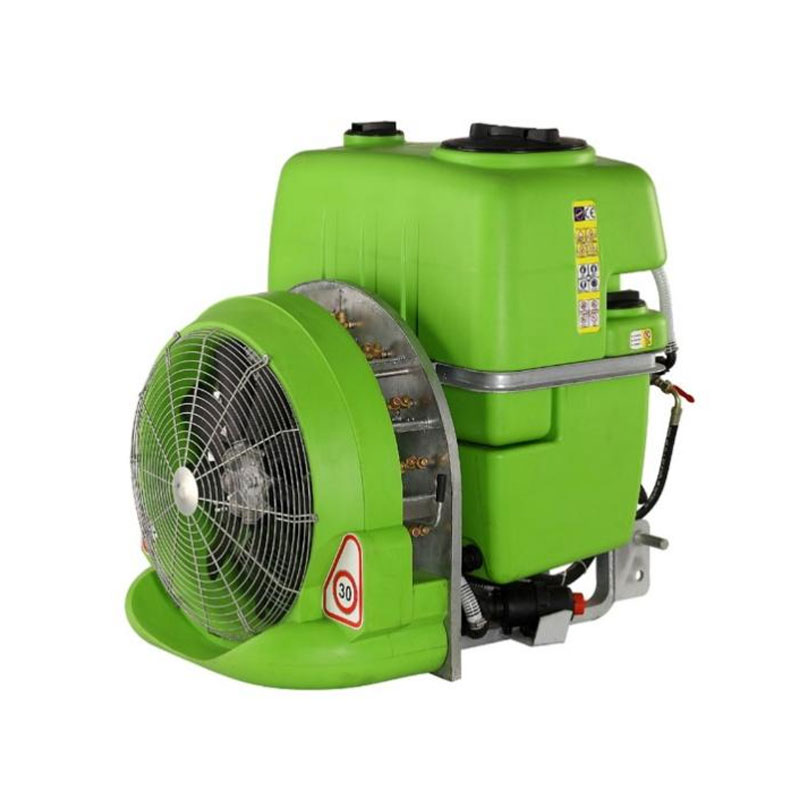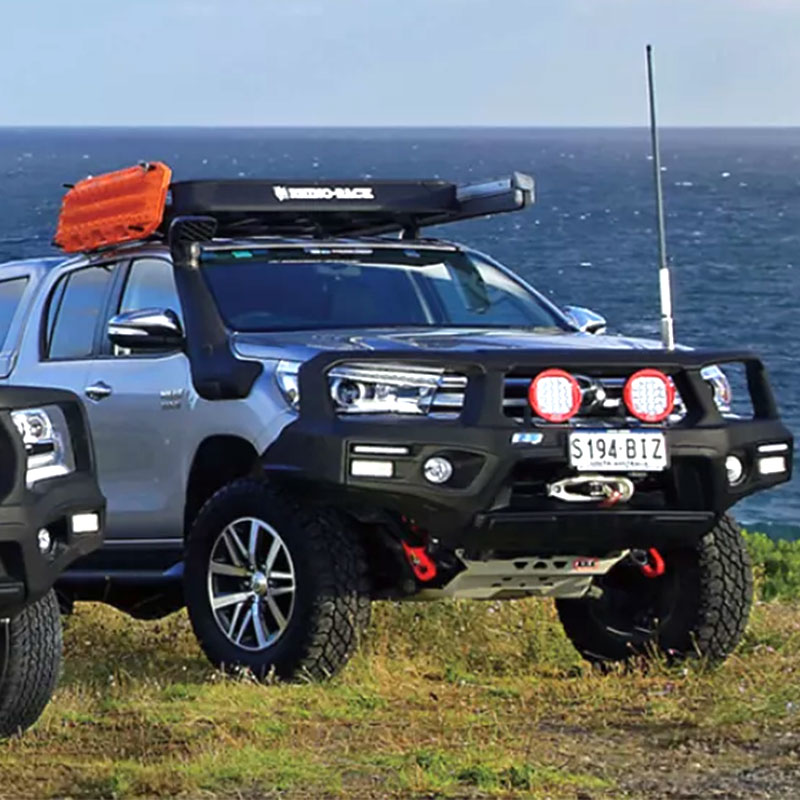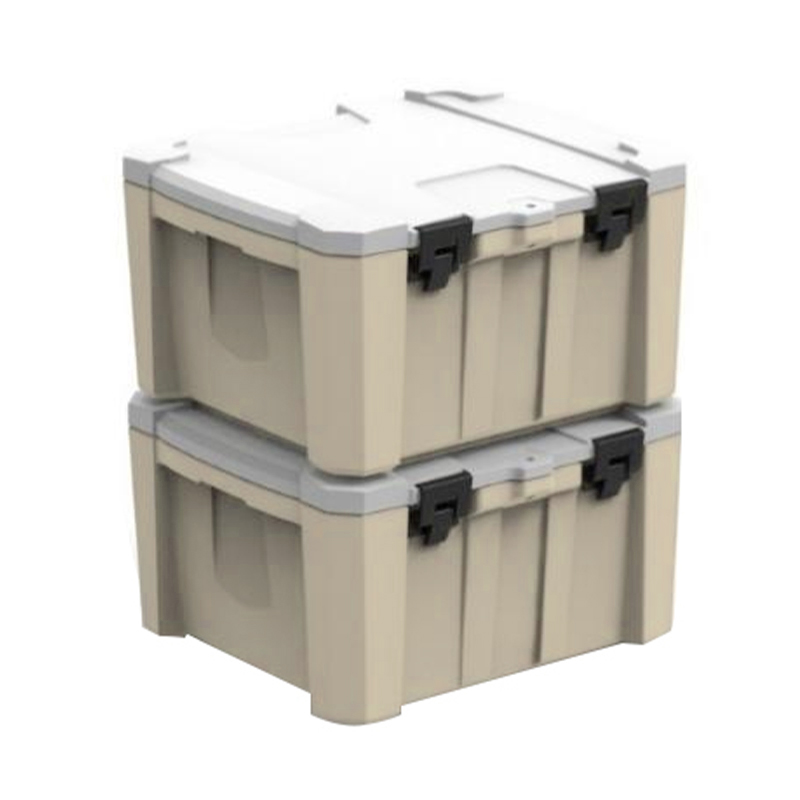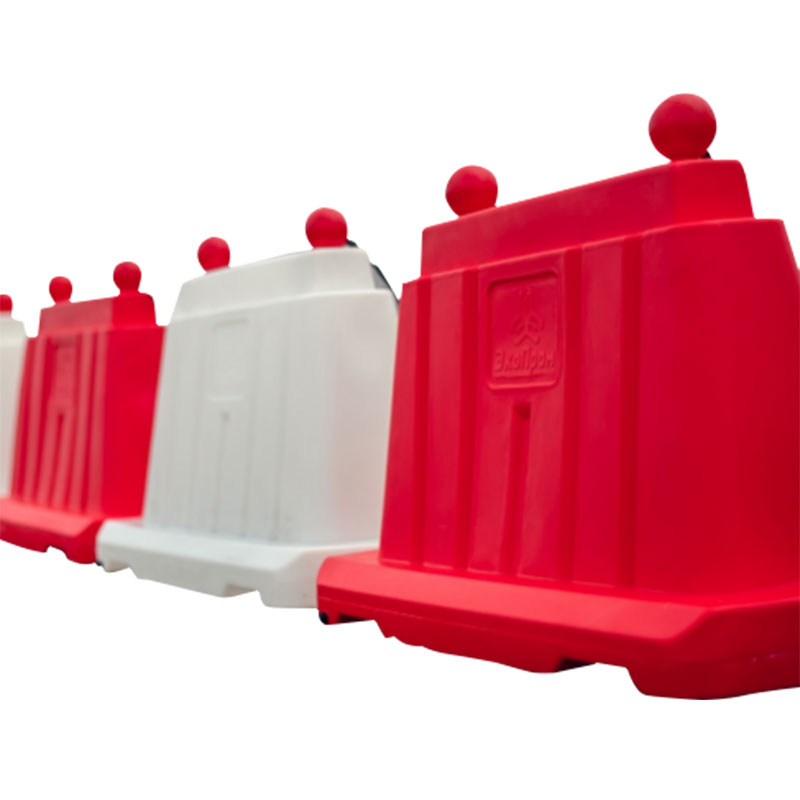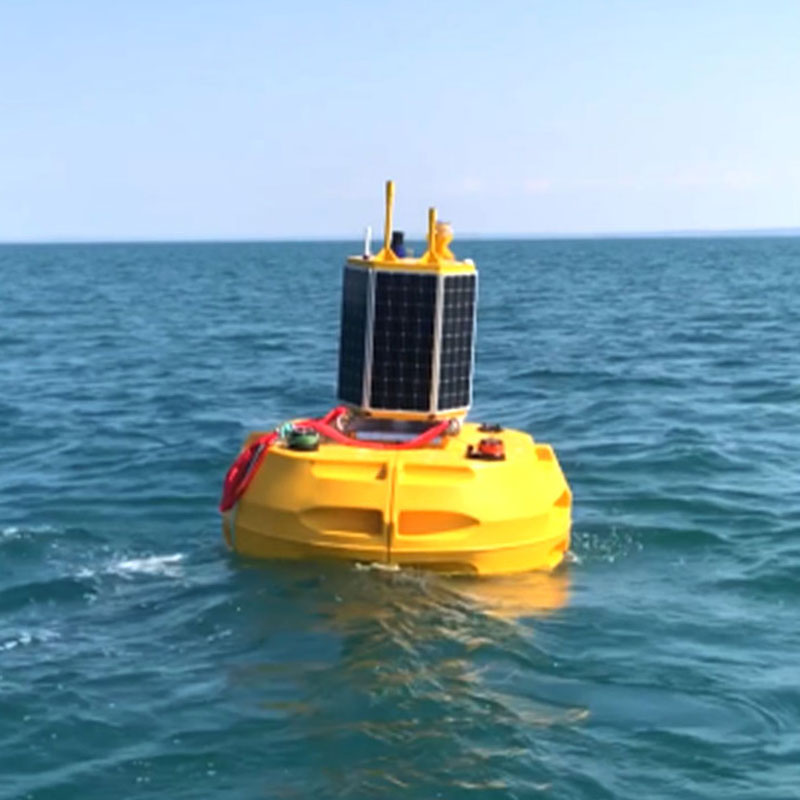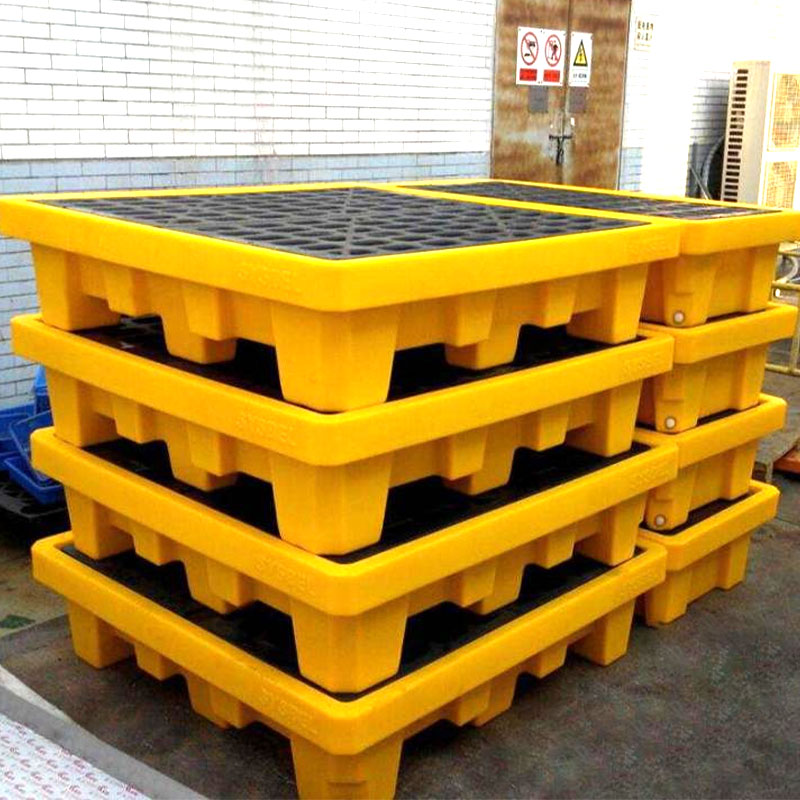The design of rotomolding mold enables sports equipment to form a uniform and dense wall thickness structure during the molding process. This structural feature enables sports equipment to withstand greater impact and pressure, thus ensuring that it is not easily deformed or damaged during use. For example, the physical training box manufactured by rotomolding has a uniform wall thickness and can withstand a large weight. Even in a high-intensity, high-frequency training environment, it can maintain the integrity and stability of the structure and extend its service life.
In addition, rotomolding molds also give sports equipment corrosion resistance. Since the plastic completely covers the inner wall of the mold during rotomolding, the box formed is seamless, which effectively prevents the penetration of moisture and chemicals. This allows sports equipment to keep the equipment stored inside dry and avoid rust and damage when used outdoors or in humid environments.
The flexibility of rotomolding molds makes it possible to customize sports equipment. The mold can be composed of two or more pieces, and there are no strict restrictions on shape and size, which allows designers to customize sports equipment that meets specific needs according to different sports and usage scenarios. For example, rotomolding is often used to produce sports equipment such as water balls, floating balls, and bicycle seats. These equipment need to have good water resistance, weather resistance, and strength, and also need to be personalized according to specific usage scenarios. The flexibility of sports equipment rotomolding molds just meets these needs, so that sports equipment can achieve the results in terms of functionality and aesthetics.
In addition, rotomolding molds also allow various treatments on the surface of sports equipment, such as surface treatments with patterns, wood, and metal effects, to meet the personalized needs of consumers in modern society for goods. This personalized design not only enhances the attractiveness of sports equipment, but also enhances its market competitiveness.
The design and manufacture of rotomolding molds are relatively simple, easy to replace and maintain, which significantly improves the production efficiency of sports equipment. During the rotomolding process, the rotation and heating of the mold are carried out simultaneously, which greatly shortens the molding cycle and improves production efficiency. The cost of rotomolding molds is relatively low. Compared with blow molding and injection molding molds, the cost of rotomolding molds of the same size is only one-third to one-quarter of theirs. For sports equipment manufacturers, this means that production costs can be reduced and economic benefits can be improved.
In addition, rotomolding molds also allow for the saving of raw materials during the production process. Since the wall thickness of rotomolded products is uniform and the chamfers are slightly thicker, the material efficiency can be fully utilized, while reducing waste generation and improving material utilization. This is of great significance for reducing production costs and improving resource utilization efficiency.
Specific application cases of rotomolding molds in sports equipment manufacturing
Physical training boxes, as a training equipment that combines multi-function, portability and durability, are gradually becoming a hot spot in the market. The physical training boxes manufactured by rotomolding stand out among many products with their unique advantages. Rotomolding molds give physical training boxes high strength, impact resistance, corrosion resistance and easy cleaning. The flexibility of the mold also allows manufacturers to customize training boxes of different sizes, shapes and internal layouts according to customer needs, such as partitions, fixing straps, adjustable partitions, etc., to meet diverse training needs.
Water sports equipment such as floats, boats, surfboards, etc. need to have good water resistance and strength. Rotomolding molds can produce products that meet these requirements through their unique molding process. During the molding process, the rotation and heating of the mold makes the plastic raw material melt evenly and fit the inner wall of the mold, forming a dense and uniform wall thickness structure. This structural feature enables water sports equipment to withstand greater water pressure and impact force while maintaining good buoyancy and stability.
Bicycle seat cushions need to have good comfort and durability. Through its flexible design capabilities, rotational molding molds can customize the shape and size of seat cushions that conform to ergonomic principles. The heating and rotation of the mold also forms a smooth and dense plastic layer on the surface of the seat cushion, which improves the wear resistance and anti-aging performance of the seat cushion. This allows the bicycle seat cushion to maintain a comfortable sitting feeling and good appearance during long-term use.

 English
English 中文简体
中文简体 русский
русский Español
Español